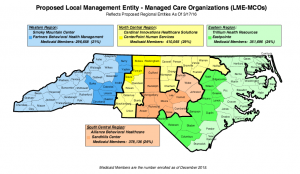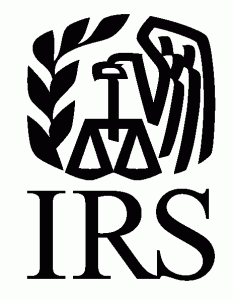10 best practices of a nonprofit/donor relationship

The Donor Bill of Rights was designed about 25 years ago as a blueprint of best practices for not-for-profits. Some critics have since asserted that the rights are out of date or not comprehensive enough. However, revisiting the list’s basic principles can help you build solid relationships with donors — and even boost fundraising.
10 rights
Here are the rights and what they might mean for your nonprofit:
1. To be informed of the organization’s mission, how it intends to use donated resources and its capacity to use donations effectively for their intended purposes. This information is the bedrock of your outreach efforts and should be clear to your board, staff and anyone reading your organization’s materials.
2. To be informed of who’s serving on the organization’s governing board, and to expect the board to exercise prudent judgment in its stewardship responsibilities. You must be transparent about who serves on your board, their responsibilities and the decisions they’re making.
3. To have access to the organization’s most recent financial statements. Make your nonprofit’s financial data easily accessible to constituents, potential donors and charitable watchdog groups.
4. To be assured gifts will be used for the purposes for which they were given. Donors expect that you’ll minimize administrative expenses so their funds are available for programming and that you’ll honor any restrictions they’ve placed on gifts.
5. To receive appropriate acknowledgment and recognition. In addition to thanking donors, provide them with the substantiation required for a federal tax deduction and information about the charitable deduction rules and limits.
6. To be assured that donation information is handled with respect and confidentiality to the extent provided by law. Post your organization’s privacy policy on your website and be clear about what information you’re gathering about donors and how that information will be used.
7. To expect that relationships between individuals representing organizations and donors will be professional. Staff and board members should be trained in proper donor interaction — both off- and online.
8. To be informed whether fundraisers are volunteers, employees of the organization or hired solicitors. Again, transparency about your operations is critical.
9. To have the opportunity for donors’ names to be deleted from mailing lists that an organization may intend to share. Donors, not your nonprofit, get to decide whether their information can be shared. Make it easy for donors to opt out of email and other lists.
10. To feel free to ask questions and receive prompt, truthful and forthright answers. Open dialogue between your nonprofit and your donors fosters respect and deepens relationships.
Contact us for help implementing these 10 tenets or developing a customized donor bill of rights.
© 2018








 er ways a donor can make gifts in excess of the exemption without being subject to the filing requirement and liability on the excess, under
er ways a donor can make gifts in excess of the exemption without being subject to the filing requirement and liability on the excess, under 





 The ACH cost report software is also available online,
The ACH cost report software is also available online, 
